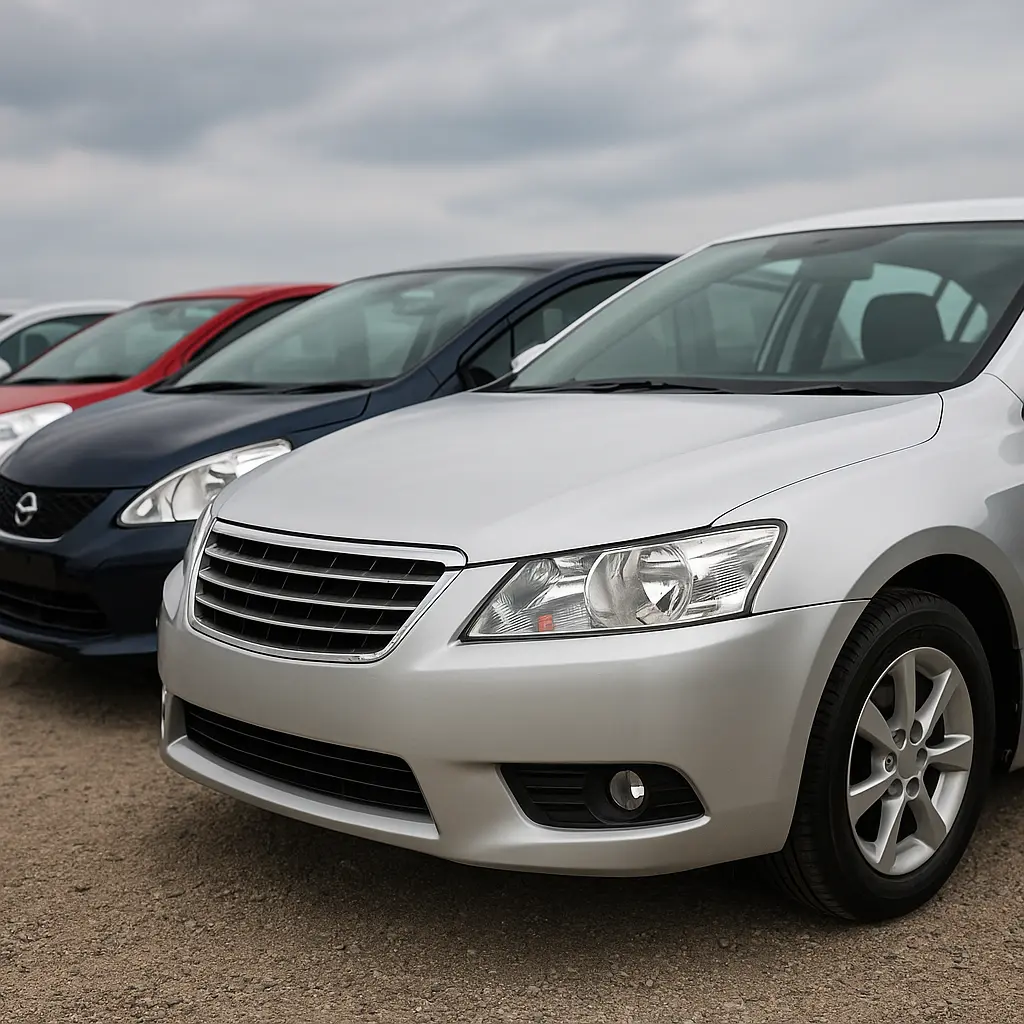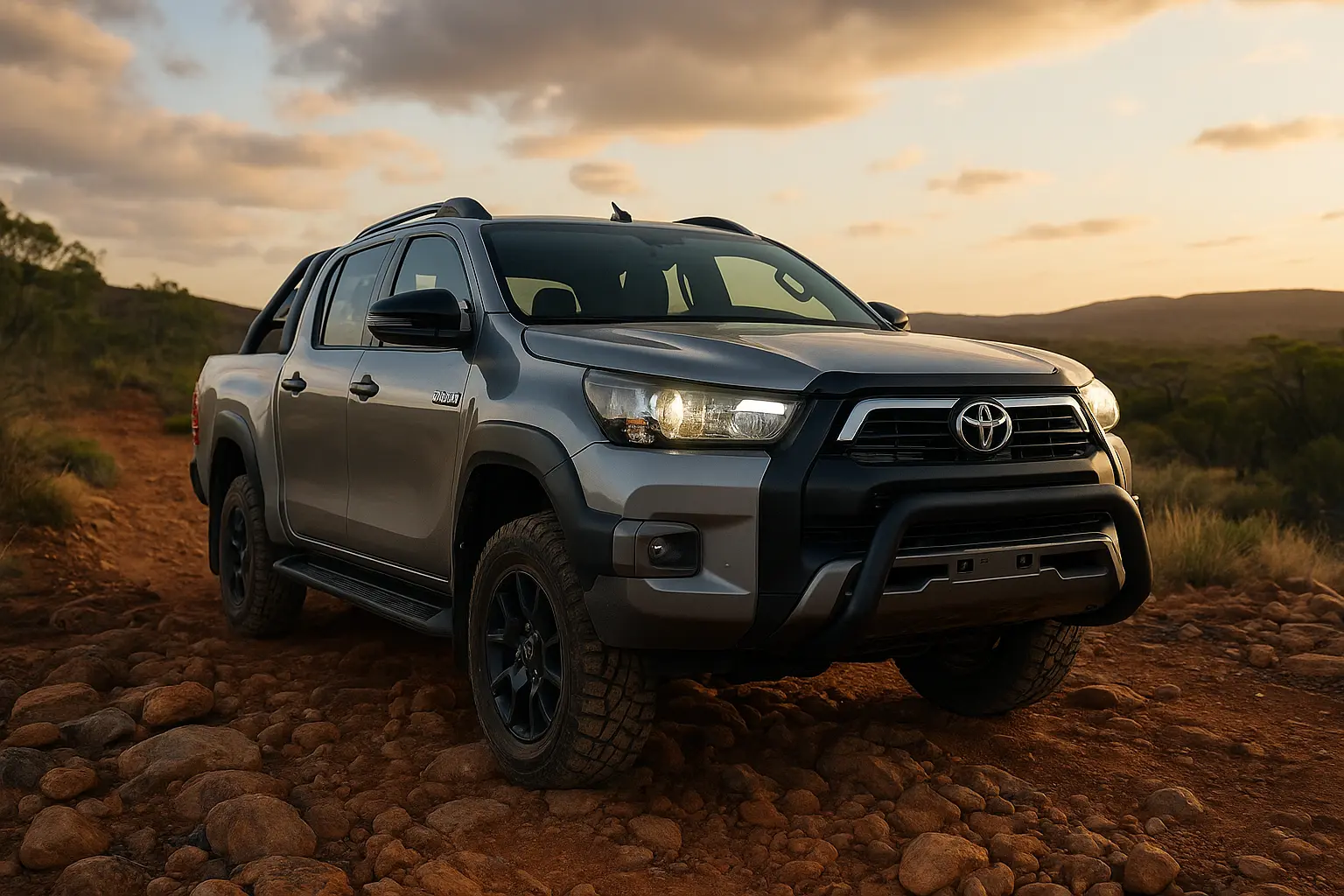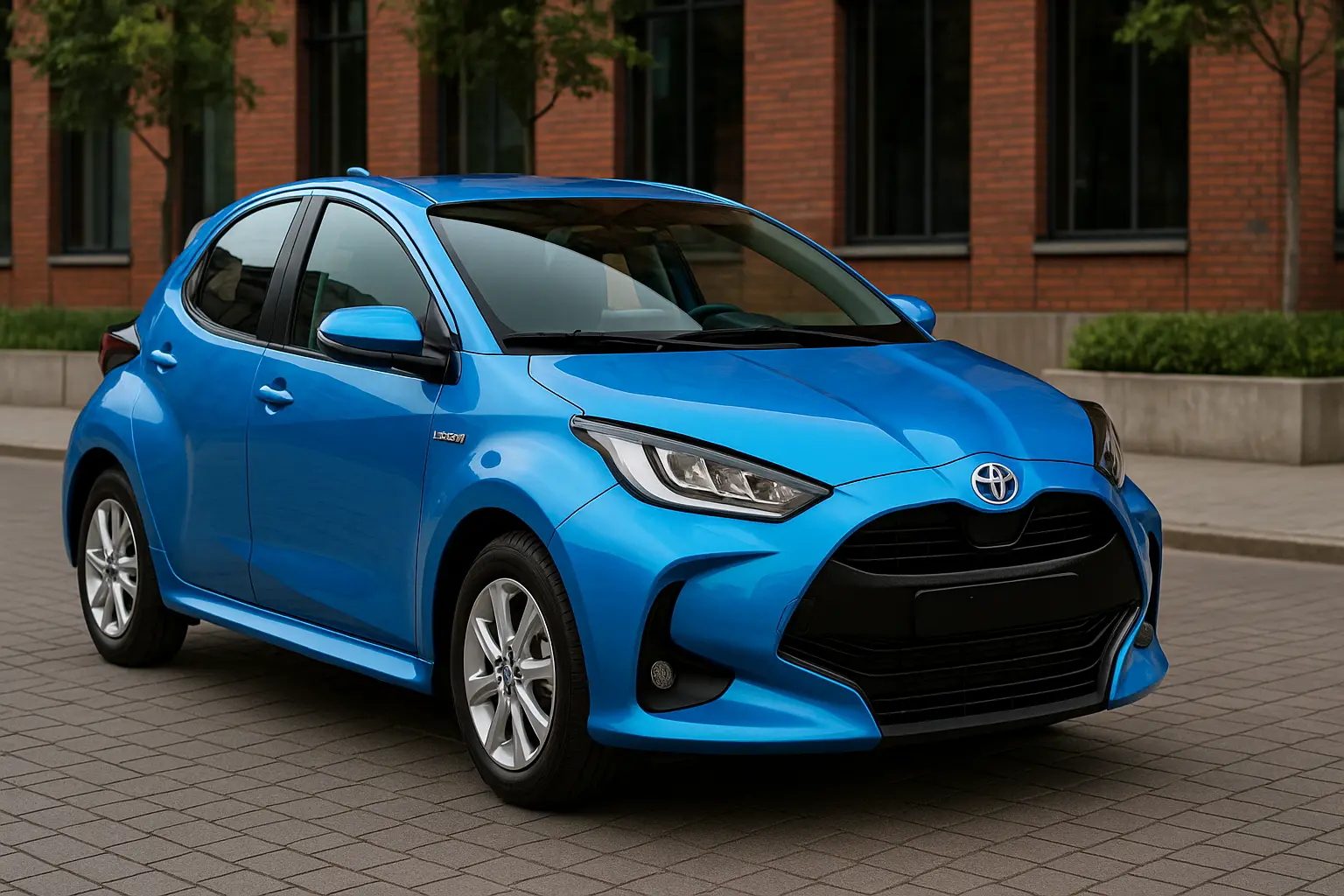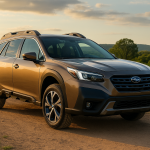Are Imported Used Cars Worth It? Comparing Costs and Reliability
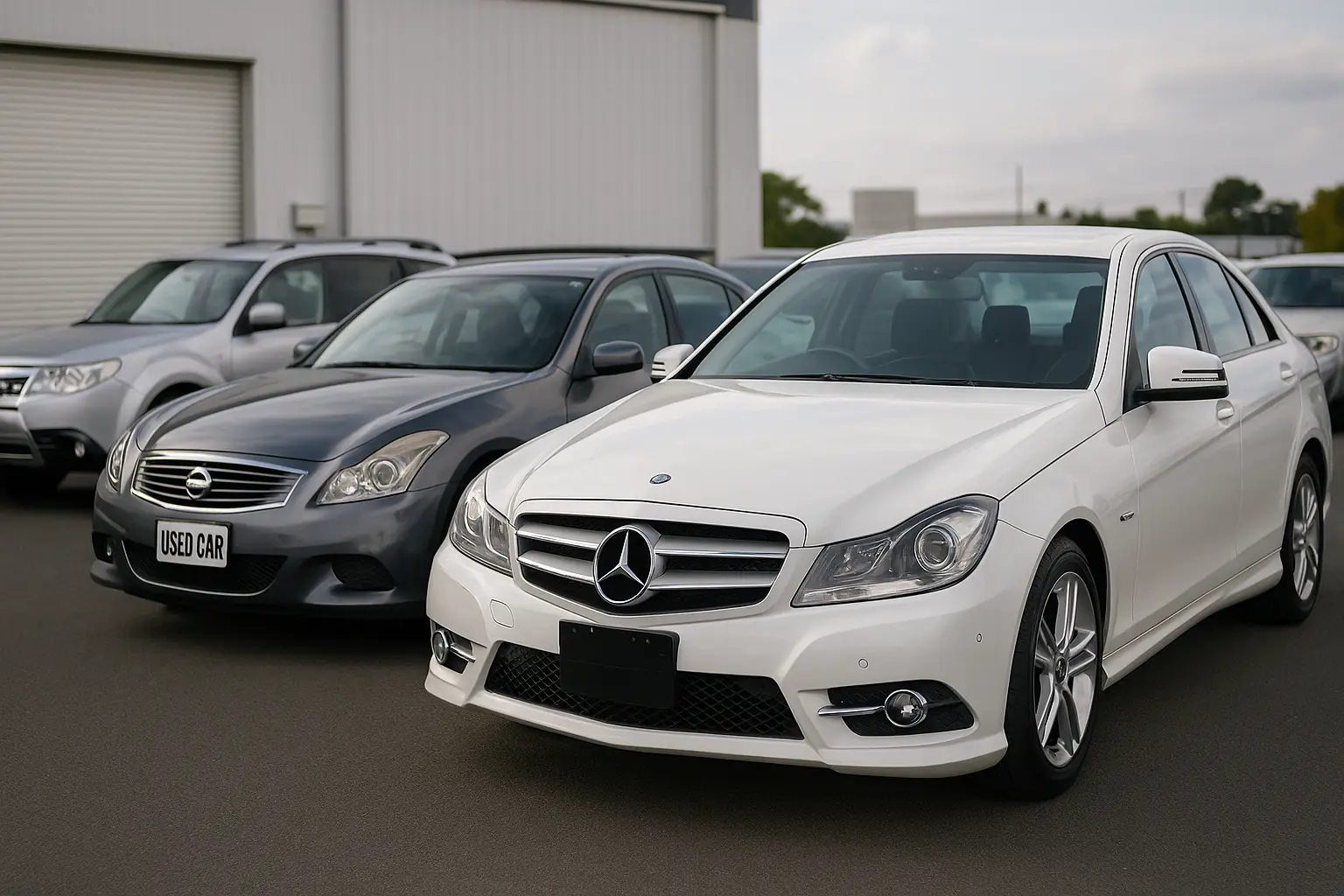
Introduction
The used car market in Australia is undergoing a transformation. With new car prices climbing and stock shortages persisting in some segments, more buyers are turning to imported used vehicles as a viable option. Whether it's a high-spec Japanese sports car, a fuel-efficient hybrid, or a European luxury sedan not available locally, imported used cars often look like great value.
But are they really worth it?
This comprehensive guide will explore the pros and cons of buying imported used vehicles in Australia, cover the costs involved, dive into the reliability of popular imports, and provide a checklist for making the right choice.
1. What Are Imported Used Cars?
An imported used car is a pre-owned vehicle sourced from overseas and brought into Australia for resale. These vehicles weren’t originally sold through local dealerships and may include:
Japanese Domestic Market (JDM) vehicles
Grey imports from Europe or the US
High-end models unavailable locally
Left-hand to right-hand converted cars (less common now)
Imports can be personal (you import it yourself) or dealer-sourced through specialist importers.
2. Why Do People Buy Imported Used Cars?
Let’s look at why Australians are increasingly considering imported vehicles:
2.1 Cost Advantage
Imported cars can often be 10–30% cheaper than locally sold equivalents, especially when buying directly from Japan.
2.2 Unique Models and Specs
Australia misses out on many global models. Imports give you access to:
Toyota Century, Nissan Elgrand, Mitsubishi Delica
European wagons and diesels no longer sold locally
Rare turbocharged performance vehicles
2.3 Higher Feature Levels
Japanese-market vehicles often come loaded with features not available on local versions—think heated seats, cameras, hybrid tech, and top safety kits.
3. Costs of Owning an Imported Used Car
Though buying costs can be lower, ongoing costs and hidden fees are important to consider.
3.1 Importing and Compliance Fees
Even if the upfront price is lower, you’ll likely pay:
Import permit fees
Compliance modification (lighting, emissions, child restraints)
Australian Design Rules (ADR) testing
Shipping and quarantine inspections
Registration and insurance premiums
3.2 Servicing and Maintenance Costs
Parts can be difficult to find or more expensive. Labour might also be higher if mechanics are unfamiliar with your model.
3.3 Insurance Considerations
Some insurers are cautious about imports:
Higher premiums due to uncertain parts availability
Limited coverage or exclusion from certain policies
Difficulty in valuation if the car has no local equivalent
3.4 Depreciation
Imported cars often depreciate faster and have lower resale value, especially if they are niche models or poorly documented.
4. Pros of Imported Used Vehicles
Let’s break down the key advantages.
4.1 Affordability
You might get a better engine, more features, or newer tech for the same price as a locally sold base model.
4.2 Access to Rare Models
Whether it’s a Toyota Crown, Honda StepWGN, or a Subaru Sambar van, these vehicles aren’t found at Aussie dealerships.
4.3 Potential for Better Quality
Cars from Japan often have lower mileage and better condition due to strict inspection regimes and cultural norms around vehicle care.
4.4 Enthusiast Appeal
JDM fans appreciate performance imports like the Nissan Skyline GT-R or the Mazda RX-7. Imports are often seen as collector items.
5. Cons of Imported Used Vehicles
And now for the downsides.
5.1 Lack of Local Support
No dealership support means limited service options, less access to genuine parts, and fewer mechanics with expertise.
5.2 Regulatory Headaches
Compliance can be complex—modifications may be required, and documentation must be complete. Incorrect paperwork can lead to registration refusal.
5.3 Insurance Challenges
As mentioned earlier, premiums may be higher and not all providers cover imported cars, particularly grey imports.
5.4 Unknown Service History
Many imports don’t have verifiable maintenance records. Even if the car is clean in Japan, that data may not transfer over.
5.5 Difficult Resale
The resale market for imports is niche. Many buyers will prefer a locally delivered vehicle with known history and dealer backing.
6. Reliability of Popular Imported Brands
Reliability varies based on make, model, and how well the car was maintained.
6.1 Japanese Imports
Generally reliable. Brands like Toyota, Honda, Subaru, and Nissan rank high in reliability. However, models with turbocharged engines or CVT gearboxes should be thoroughly inspected.
6.2 European Imports
Luxury European imports (e.g., BMW, Mercedes-Benz, Audi) may offer comfort and prestige, but parts and servicing can be expensive, and electrical issues more common.
6.3 Korean and American Imports
Less common but growing. Parts may be harder to come by, and support networks are thinner.
7. Grey Import vs Personal Import – What’s Better?
Grey Import (Dealer-Managed)
Dealer handles compliance
Typically comes with basic warranty
Often higher upfront cost
Some consumer protections under ACL
Personal Import
Cheaper, but you do all the legwork
May take longer
Higher risk of mistakes in paperwork, compliance
If you’re not experienced, going through a reputable importer is safer.
8. How to Evaluate an Imported Used Car
Use this checklist before buying:
Check Compliance Plate – It must be registered for Australian roads.
Ask for Full Documentation – Including auction sheet (if from Japan), service history, and import approvals.
Inspect the Car Thoroughly – Use an independent mechanic or get a pre-purchase inspection.
Compare Insurance Quotes – Don’t assume it will be covered easily.
Research Parts Availability – Some models are extremely hard to service.
Ensure Odometer Verification – Japan has strict record keeping, but check for tampering.
Buy From a Trusted Importer – Look for Google reviews, long trading history, and transparency.
9. Is It Legal to Import Any Car?
No. Only cars under certain schemes are eligible for import into Australia:
SEVS (Specialist and Enthusiast Vehicle Scheme)
Personal Import Scheme (e.g., if you lived overseas and owned the car)
Older than 25 years (some states)
It must comply with ADR (Australian Design Rules). Illegal imports will not pass registration and may be seized.
10. Best Imported Used Cars in Australia (2025 Picks)
Here are some of the top imported vehicles Aussies are buying in 2025:
| Model | Origin | Why Buy |
|---|---|---|
| Toyota Alphard/Vellfire | Japan | Premium MPV, hybrid available |
| Nissan Elgrand | Japan | Luxury people mover with sliding doors |
| Mitsubishi Delica | Japan | 4x4 van perfect for camping and touring |
| Toyota Crown Athlete | Japan | Premium hybrid sedan with luxury features |
| BMW 535i Touring (Euro Spec) | Germany | Wagon with strong performance |
| Subaru Forester STI | Japan | Rare performance SUV variant |
| Honda StepWGN | Japan | Compact MPV, fuel-efficient and versatile |
11. Who Should Buy an Imported Used Car?
Imported used cars make the most sense if you are:
An enthusiast who wants a specific model not sold locally
A family buyer looking for MPVs or AWD vans like the Delica or Elgrand
A budget-conscious buyer seeking value in feature-rich JDM sedans
Willing to do extra homework and accept some ownership trade-offs
If you value dealer support, resale value, and insurance simplicity, a locally delivered used car might suit you better.
Final Verdict – Are Imported Used Cars Worth It?
Yes—for the right buyer.
Imported used vehicles can offer better value, unique features, and driving enjoyment—if you choose wisely and know the risks.
But if you're someone who wants worry-free ownership, solid local support, and an easy resale down the line, the savings might not be worth the potential hassles.
Like most big purchases, the answer comes down to your budget, goals, and risk tolerance.
Tips Before You Buy
✅ Always get a pre-purchase inspection
✅ Research the importer’s reputation
✅ Understand what’s legal to import
✅ Be ready for harder resale and higher insurance
✅ Don’t forget compliance and ADR requirements
Leave a comment
Your email address will not be published. Required fields are marked *


